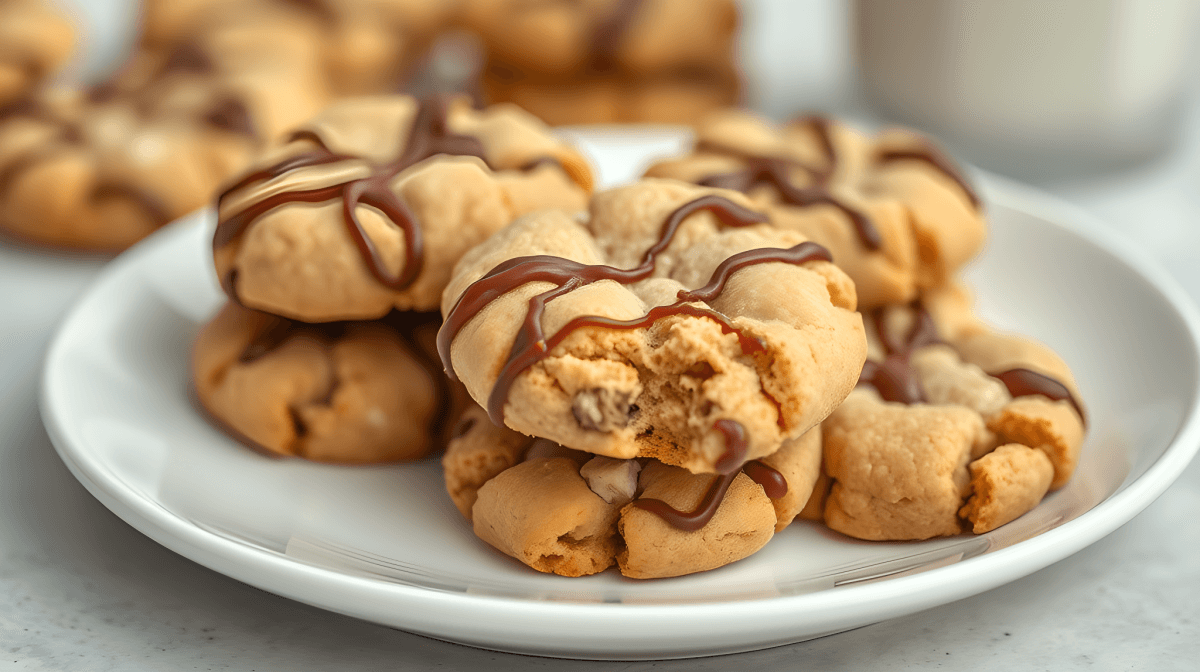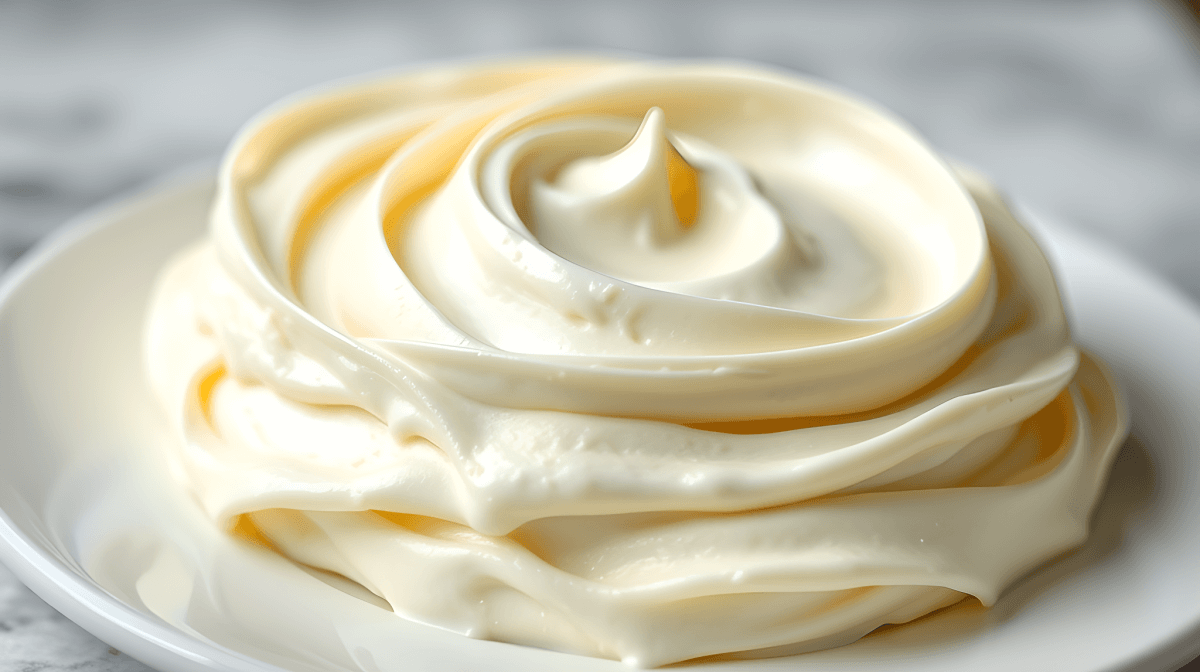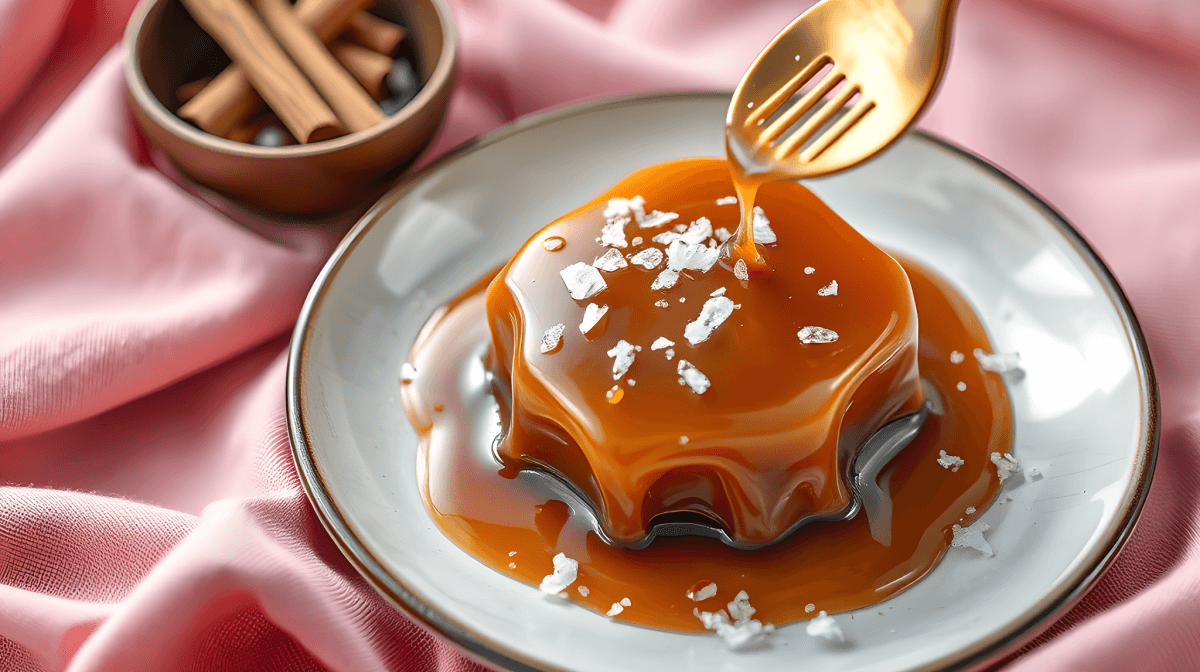Introduction: What are the two styles of cheesecake?
Cheesecake is one of those timeless desserts that has been around for centuries, evolving to fit various tastes and cultures. It’s a versatile treat, offering a rich, creamy texture that many crave. But did you know there are two main styles of cheesecake—baked and no-bake—that differ in texture, preparation, and the way they’re enjoyed?
Whether you prefer a dense, rich classic cheesecake or a light, fluffy version, both styles offer unique experiences. In this article, we’ll explore the differences between baked and no-bake cheesecake, their preparation methods, popular variations, and how to make them perfectly at home.
The History of Cheesecake: From Ancient Greece to Today
Before we dive into the differences between baked and no-bake cheesecakes, let’s take a brief look at the history of cheesecake. The origins of cheesecake go back to ancient Greece, where it was considered a form of energy food, believed to help athletes perform better during the Olympic Games.
The earliest known recipes for cheesecake date back to circa 2000 BC, when the Greeks used cheese, honey, and wheat as a base. When the Romans conquered Greece, they adapted the cheesecake recipe and spread it throughout Europe.
Cheesecake in Modern Times
As the dessert evolved over time, various cultures made their own twists on the classic, such as the German cheesecakes (which use quark cheese) or the Italian ricotta cheesecakes. However, the New York-style cheesecake, which we know today as the iconic “baked” variety, became one of the most famous and widely enjoyed styles, especially in the United States.
The no-bake cheesecake, on the other hand, emerged as a more modern, simplified version of the dessert in the 20th century. No-bake cheesecakes were quicker and easier to make, perfect for busy home bakers who still wanted to enjoy the creamy indulgence of cheesecake without the time-consuming process of baking.
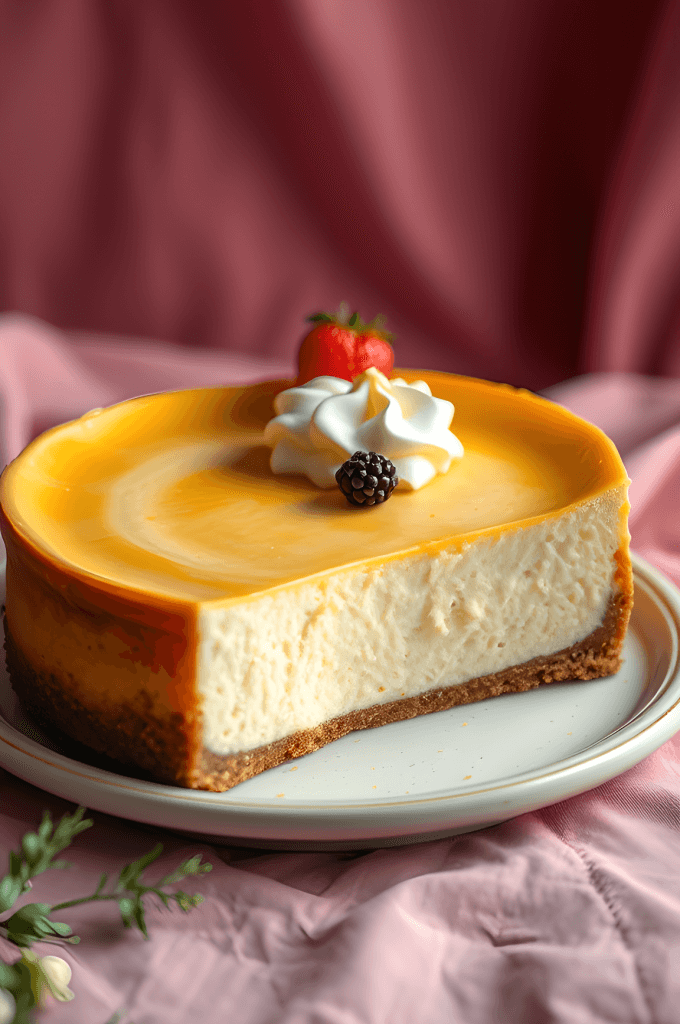
What is Baked Cheesecake?
The Art of Baking Cheesecake
Baked cheesecake is the traditional style of cheesecake that has been loved for centuries. The process begins by creating a crust (usually from graham crackers, cookies, or even nuts), followed by a cheesecake filling that’s made from cream cheese, eggs, sugar, and a little vanilla extract. The filling is then baked in the oven.
Baked Cheesecake Ingredients
To make a baked cheesecake, the basic ingredients include:
- Cream cheese: This is the main ingredient for the filling. It provides a thick, creamy texture.
- Eggs: Eggs help set the filling, making it firm and allowing it to bake into the perfect consistency.
- Sugar: Sugar sweetens the cheesecake and contributes to the smooth texture.
- Vanilla extract: Enhances the flavor of the cheesecake.
Popular variations include the rich New York-style cheesecake, which often includes sour cream for extra creaminess and tang, and fruit-topped versions, like strawberry cheesecake or blueberry cheesecake.
Texture and Flavor of Baked Cheesecake
Baked cheesecakes have a dense, creamy texture. The baking process gives the cheesecake a firm consistency, while the slow cooling prevents cracking. One of the key features of baked cheesecake is its rich flavor profile, which can be sweet, tangy, or even citrusy, depending on the recipe.
What is No-Bake Cheesecake?
A Quick and Light Option
If you’re in the mood for a lighter, quicker cheesecake, no-bake cheesecake is the way to go. This style doesn’t require any baking at all—just mix the filling ingredients, pour the mixture onto a crust, and let the cheesecake set in the fridge.
No-Bake Cheesecake Ingredients
- Cream cheese: Just like baked cheesecake, cream cheese is the main base ingredient. However, the filling in no-bake cheesecake is lighter since it’s often combined with whipped cream or sweetened condensed milk to give it a mousse-like texture.
- Whipped cream: Whipped cream is often folded into the cream cheese mixture to give it a lighter, airier consistency.
- Gelatin: Gelatin helps the filling set in the fridge, giving it enough structure without the need for baking.
- Sugar: Sweetens the filling, ensuring it’s indulgent.
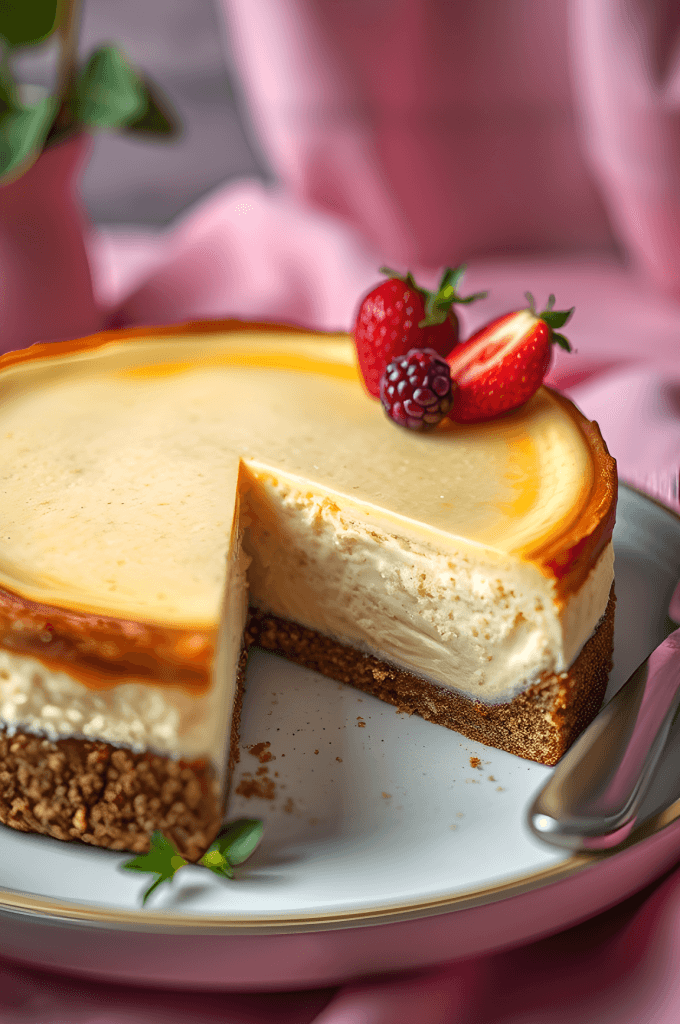
Texture and Flavor of No-Bake Cheesecake
No-bake cheesecakes have a fluffier, lighter texture than baked cheesecakes. Since there is no baking involved, the cheesecake maintains a soft, mousse-like consistency, which some prefer because it feels less heavy. The flavor is also sweeter and less tangy than baked cheesecakes because of the absence of eggs and the lighter cream cheese filling.
Baked vs. No-Bake Cheesecake: Key Differences
Here’s a quick comparison of the two styles of cheesecake:
| Feature | Baked Cheesecake | No-Bake Cheesecake |
|---|---|---|
| Texture | Dense, creamy, firm | Lighter, mousse-like, fluffy |
| Preparation Time | Longer (includes baking time) | Shorter (chilled, no baking required) |
| Flavor | Rich, tangy, sometimes with a slight bite | Sweeter, creamier, less tangy |
| Baking Required | Yes, baked in the oven | No, set in the fridge |
| Best For | Special occasions, rich desserts | Quick, easy desserts for casual meals |
| Popular Variations | New York-style, fruit-topped | Chocolate, berry-flavored, peanut butter |
Which Style Should You Choose?
- Go for Baked Cheesecake if:
You enjoy a dense, rich dessert and have the time to bake. This style is perfect for celebrations or holiday gatherings when you want to impress guests with a classic treat. - Go for No-Bake Cheesecake if:
You’re looking for a lighter, easier dessert that doesn’t require much time or effort. No-bake cheesecake is great for casual meals, summer gatherings, or when you want a simple, yet indulgent, dessert without turning on the oven.
The Science Behind Cheesecake: What Makes It Work
Both baked and no-bake cheesecakes rely on the chemistry of their ingredients to achieve the perfect texture. Let’s take a closer look at how the key ingredients affect the final product:
Baked Cheesecake Ingredients:
- Cream cheese: The base of both types of cheesecake, it gives the dessert its rich, creamy texture.
- Eggs: Eggs in a baked cheesecake help set the filling by binding the ingredients together. The heat causes the eggs to firm up, creating the dense, firm texture that’s characteristic of baked cheesecake.
- Sugar: Sugar sweetens the filling and also contributes to the smooth consistency.
No-Bake Cheesecake Ingredients:
- Whipped cream: The whipped cream makes the filling lighter and airier compared to the dense filling of baked cheesecake. This results in a more fluffy texture.
- Gelatin: Gelatin is used in no-bake cheesecakes to help the filling set without the need for heat. It creates a smooth, thick texture once chilled.
Creative Cheesecake Toppings & Variations
Both baked and no-bake cheesecakes offer plenty of room for creativity. Whether you like your cheesecake plain or covered with toppings, here are some ideas:
- Fruit Toppings: Fresh strawberries, blueberries, or a berry compote are classic toppings for both types of cheesecake. For a twist, you can try mango, kiwi, or cherries.
- Chocolate Ganache: A rich, creamy ganache works perfectly with both styles of cheesecake. Pour it over the top of a no-bake cheesecake for a smooth finish, or drizzle it over a baked cheesecake for a bit of luxury.
- Nuts: Toasted walnuts, pecans, or even hazelnuts add a crunch to your cheesecake. These work especially well with chocolate or coffee-flavored cheesecakes.
- Caramel Swirl: Adding a caramel swirl or salted caramel sauce makes a gorgeous topping for both styles, adding an extra layer of sweetness and richness.
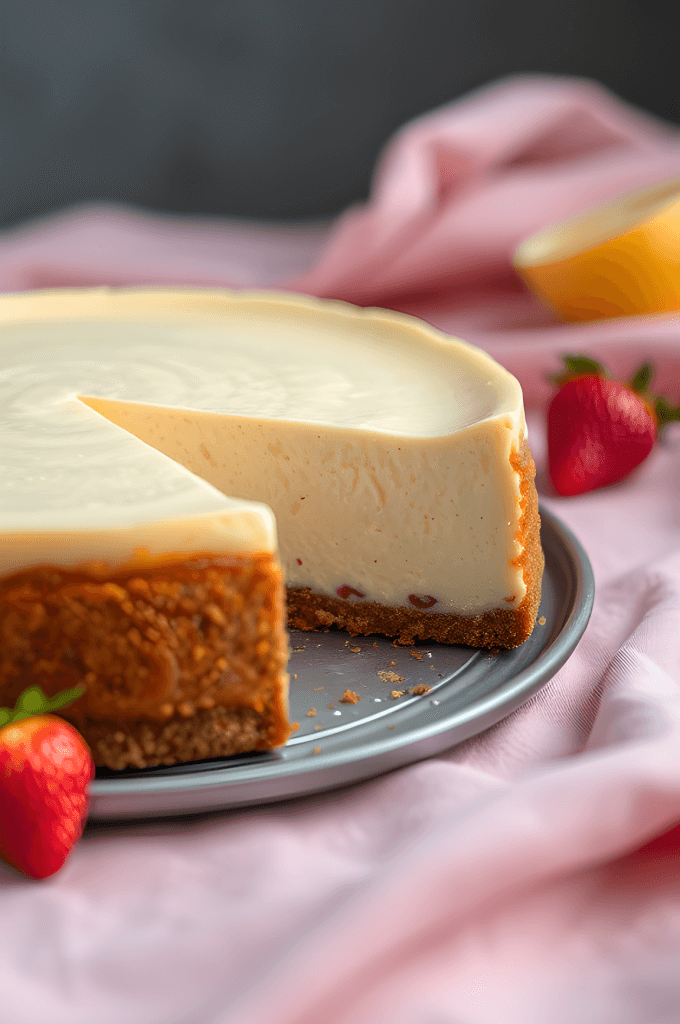
Common Cheesecake Mistakes to Avoid
Here are some common cheesecake-making mistakes and how to avoid them:
- Overmixing the Filling: This can cause cracks in the cheesecake, especially with baked versions. Mix until just combined.
- Overbaking: For baked cheesecakes, you don’t want to overbake them. Check with a toothpick and remove from the oven when it’s just set.
- Not Chilling Long Enough: For no-bake cheesecake, be sure to chill it for at least 4 hours or overnight to allow the filling to set properly.
Serving and Pairing Suggestions for Cheesecake
To make your cheesecake experience even better, consider these pairing suggestions:
- Beverages: Cheesecake pairs beautifully with a glass of sweet wine, such as Sauternes, or a rich cup of coffee. If you’re having it as a dessert after dinner, these drinks will enhance the flavors.
- Presentation: Serve your cheesecake slices with whipped cream or a fresh fruit salad for a refreshing contrast. You can also drizzle some chocolate sauce or fruit syrup on top for extra flair.
Conclusion
Both baked and no-bake cheesecakes offer a unique and delightful experience, and the decision of which one to make ultimately depends on your preferences and the occasion. Whether you’re after a rich and indulgent baked cheesecake or a lighter, fluffier no-bake cheesecake, both are sure to satisfy any cheesecake craving. So, why not try both and see which one becomes your favorite?


